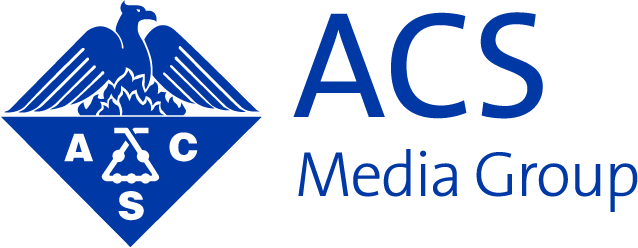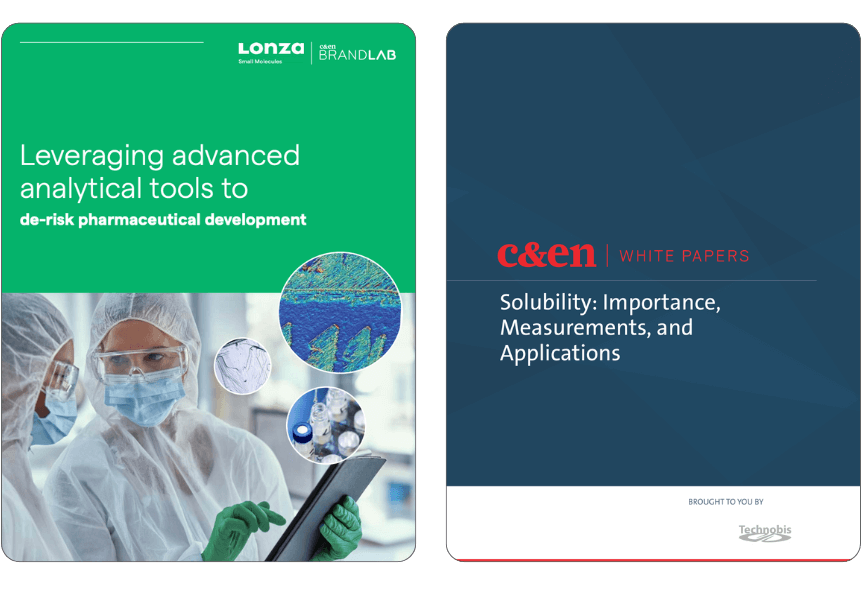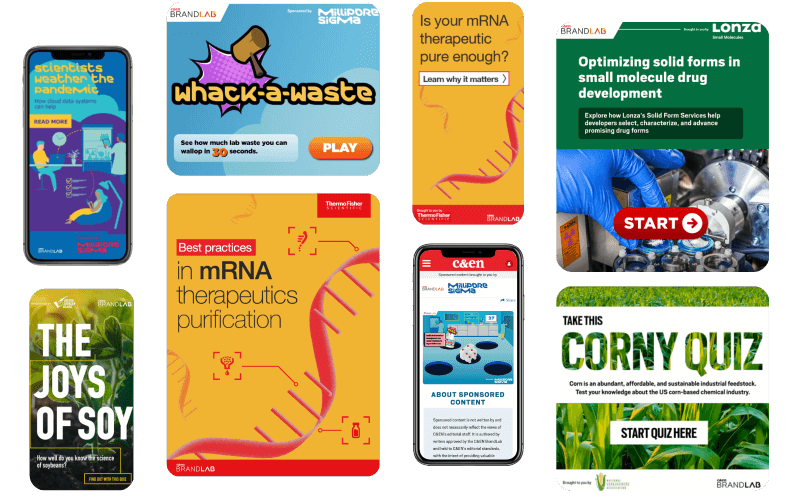Here’s a question for science content marketers: how would you define the difference between a white paper, a technical note, and a case study?

In S5E23 of The Office, new branch manager Charles asks an overly confident Jim Halpert to get him a “rundown” of his clients. Jim enthusiastically agrees — but then turns to the camera and asks: What the hell is a rundown?
I felt the same confusion when I was tasked with writing my first white paper. I’d written research articles, blogs, news stories, but never a white paper. What information did it need to include? How technical or formal would it be? Would it have a specific structure?
Unlike Jim, I did ask my editor for more details. But with so many different types of technical content formats available to content marketers, it’s easy to lose sight of what you’re writing about and why. For example, you may encounter a so-called technical note that reads more like a case study but without a specific case that is being studied.
So, to riff on the words of everyman Jim Halpert:
What the hell is the difference between a white paper, technical note, and case study?
All three formats follow a problem-challenge-solution arc. However, they all serve a distinct marketing purpose. Understanding those differences will help you choose the right format, message, and level of detail for your goals.
What is a White Paper?
A white paper examines a broader problem or trend within a given field and proposes a potential solution, often one provided by whoever is writing, publishing, or sponsoring the white paper. The first white papers were government documents meant to explain policy decisions. Now, they’re frequently used in B2B contexts as a tool of education and persuasion.
While white papers can include technical information, this is not the focus. The audience isn’t meant to be able to reproduce the experiments or designs they describe. Instead, white papers are targeted at decision-makers who need a comprehensive understanding of an issue.
White papers can be a powerful tool for establishing thought leadership within an industry. They often address emerging trends, regulatory shifts, or technological advances, and include data, expert insights, and references to support their claims.
When Should You Use a White Paper?
- Audience: Decision-Makers, Decision-Influencers
- Purpose: Introduce a broader problem and propose a solution
- Content: Expert perspectives, data, and context (not step-by-step methods)
- Ask Yourself: Does my solution fit into a broader industry trend or challenge?
What is a Technical or Application Note?
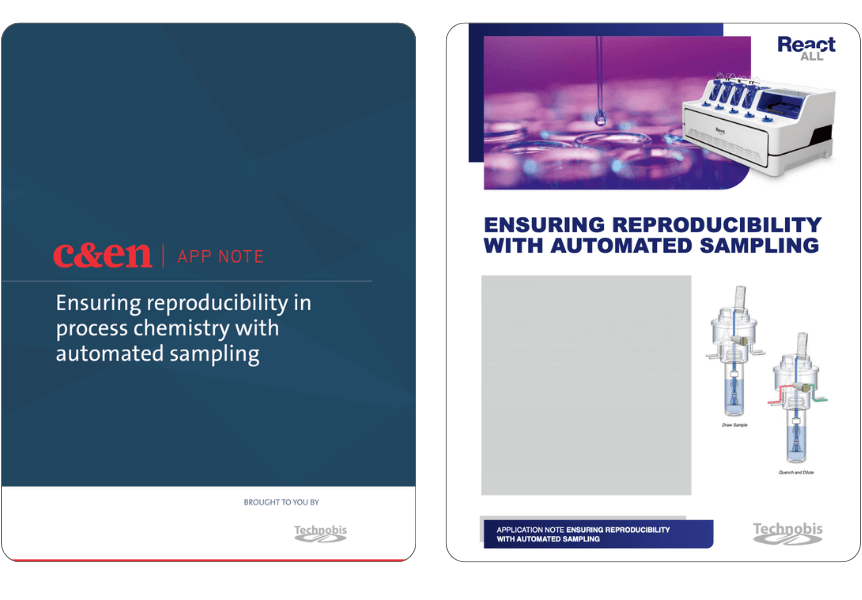
A technical note—which is often synonymous with an application note—presents a specific problem and offers a detailed, reproducible solution. Unlike white papers, technical notes are highly experimental and method-driven. They describe conditions, procedures, and outcomes in depth, making them ideal for researchers or engineers solving specific technical issues.
These documents often include step-by-step protocols, data analysis, and diagrams. A reader could feasibly evaluate the quality of the protocol, assess if the information is applicable to their own work, and, eventually, replicate the protocol.
When Should You Use a Technical Note?
- Audience: Scientists, engineers, and technical professionals
- Purpose: Share reproducible methods and results for your audience to assess
- Content: Experimental details, data, and outcomes
- Ask Yourself: Do I have a specific method or result using my product that others could apply or replicate?
What is a Case Study?
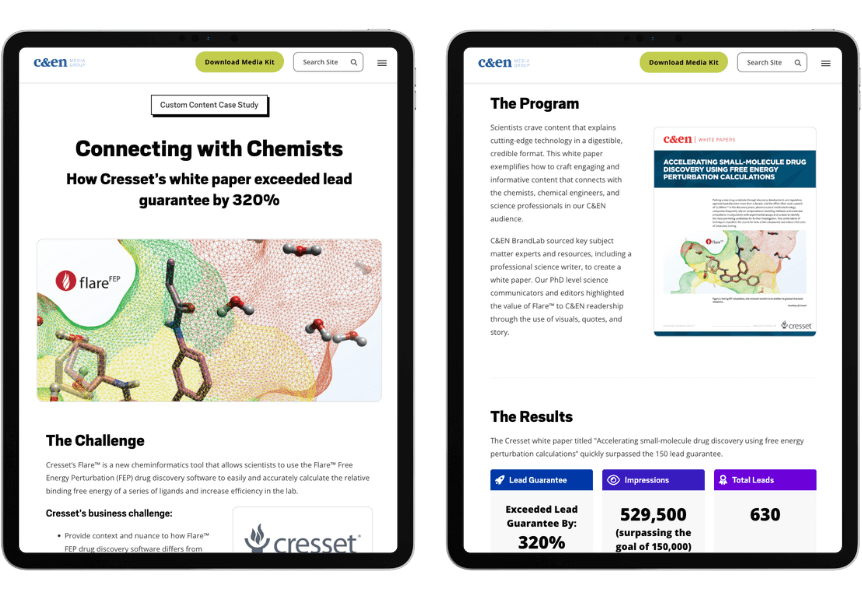
A case study tells the story of a real-world problem and how your product or service solved it. It often includes customer testimonials, metrics, and before-and-after comparisons.
Case studies are powerful tools for building credibility and trust, especially when a product or solution is complex and multifaceted—like consulting services or enterprise software. Case studies show—not just tell—how your solution works in practice.
When Should You Use a Case Study?
- Audience: Bottom-of-funnel content for decision-makers and technical experts
- Purpose: Demonstrate real-world application and results of your product
- Content: Customer stories, outcomes, and testimonials
- Ask Yourself: Do I have a real-world success story that highlights my product’s impact?
Why Does it Matter?
Understanding the differences between white papers, technical notes, and case studies isn’t necessarily about understanding the terminology. In fact, it would be a stretch to say there is one accepted definition for these content formats.
What is important is your clarity in purpose when creating that content and the resulting ability of the content to support your content strategy. So, before tasking yourself, your team, or your marketing partners with creating a white paper, technical note, or case study, first align your goals and ask questions like:
- Who is this content for?
- What is the message I need them to understand?
- How do I want them to use this information?
With deeper understanding of who the proposed content is for and what your is, then you can decide on what format the content will take. Ideally, the result will be content with a clear purpose that will meet your audience’s expectations and needs.
So, before you embark upon creating a new piece of content, make sure you’ve first clearly defined your goal, your audience, and your message. Then, go forth and create a white paper, technical note, case study, or whatever other type of content that best fits your criteria.
